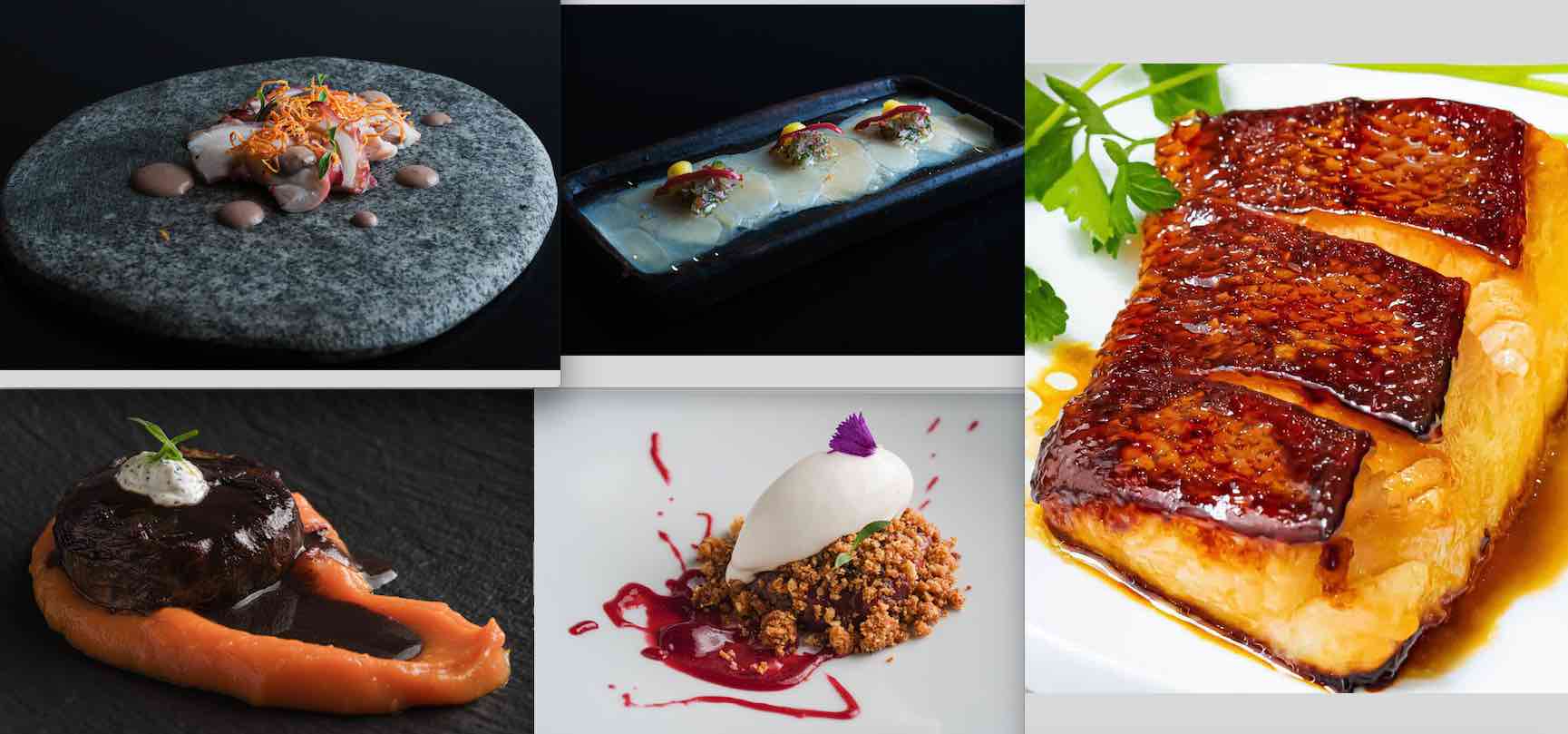To the sea, to the rock, to the glacier: that is what the cuisine of the end of the world tastes like. The company Cruceros Australis recently celebrated its 35th anniversary by bringing to Madrid the flavors of its cuisine, based on seafood found only in the southernmost waters of the planet through which it sails: the Strait of Magellan, the Beagle Channel, and Cape Horn.

The company offered a tasting in Madrid to showcase that its voyages also represent a full gastronomic experience. “To our journey through the most untouched and unknown part of Patagonia and Tierra del Fuego, we add a flavor experience thanks to the carefully crafted onboard cuisine and the pairing with fine wines,” said Frederic Guillemard, Australis’ manager for Europe and Asia.
As with the tasting, the cuisine offered on their cruises is prepared using locally sourced ingredients from the Chilean and Argentine Patagonian region.
“This also marks the celebration of our company’s 35 years navigating this protected route, which is accessible only via our two ships, the Ventus Australis and the Stella Australis, as it cannot be reached by land or air,” he added.
Present at the event, from Chile, was renowned Peruvian chef Emilio Peschiera, who has been advising Australis for over a decade.
The menu presented—just like on the cruise—is based on “the region’s most representative products, such as king crab, glacier scallops (large scallops), Magellanic grouper, and the region’s iconic lamb, in a carefully curated selection of the dishes served during the voyage.”
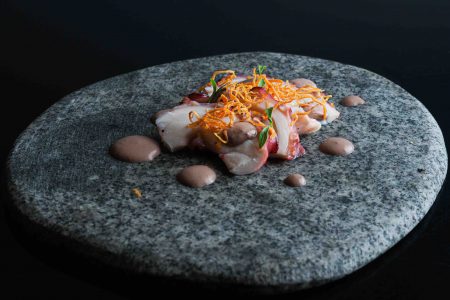 The expert highlighted that the places of origin of ingredients such as austral hake or deep-sea grouper—“which is caught at 2,000 meters, or the famous smoked salmon (sourced from some of the most pristine waters in the world), smoked with native woods like lenga”—give them a unique and unfamiliar flavor, suited to the most discerning palates.
The expert highlighted that the places of origin of ingredients such as austral hake or deep-sea grouper—“which is caught at 2,000 meters, or the famous smoked salmon (sourced from some of the most pristine waters in the world), smoked with native woods like lenga”—give them a unique and unfamiliar flavor, suited to the most discerning palates.
Pairing is also a key part of this gastronomic experience. The offering includes “fine Chilean wines that enhance these flavors, such as a crystalline Sauvignon Blanc to accompany the scallops, followed by Pinot Noir paired with king crab chupe, and a red wine made from Carménère (the legendary 19th-century European varietal that survived in Chile, now the world’s largest producer) to accompany the Magellanic lamb.”
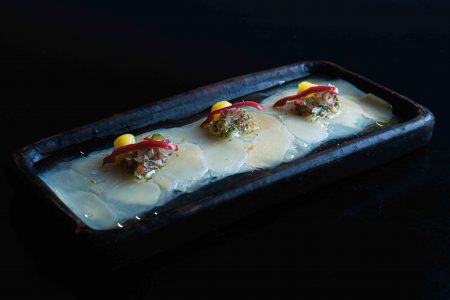
The menu consisted of two starters: octopus carpaccio with black olive sauce and crispy sweet potato threads, and a tiradito of glacier scallops with citrus sauce, mango, and chalaquita, paired with a Casa Silva Sauvignon Blanc, Cool Coast, Paredones, Chile.
Among the main courses were Magellanic king crab chupe, and a Magellanic sea duo featuring grilled conger eel over crispy a lo macho rice and oven-roasted deep-sea Magellanic grouper with olive oil and golden garlic over a potato biscuit, paired with Viña Villard Pinot Noir, Gran Reserva, Le Pinot Noir.
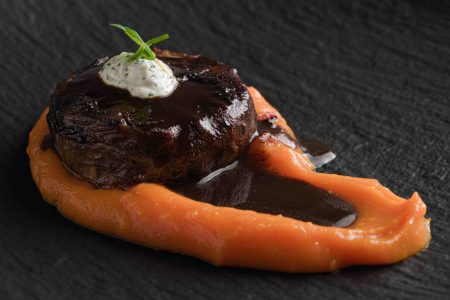
Next, a Magellanic lamb medallion was served over carrot purée with yogurt, paired with a Von Siebenthal Carménère, Gran Reserva.
A standout feature of these dishes is that they are prepared using regional recipes, such as the king crab pie or the lamb, which is stewed and gelled before being served as a medallion.
As for the desserts, the tasting featured a unique and typical flavor: rhubarb, a sweet-and-sour plant native to Patagonia. Specifically, a rhubarb crumble with vanilla ice cream was served.
A Commitment to Ecotourism
The fact that the entire offering is produced using regional ingredients aligns with Australis’ commitment to ecotourism—“which in this case is accompanied by bold and unique flavors,” added the Australis manager—making the journey not only an experience through the beauty of the landscapes visited, “but also one in which the tasting of our food and wines is a fundamental part of the voyage.”
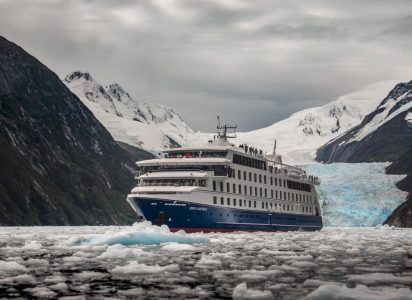
The journeys last five days and four nights, departing from either Punta Arenas (Chile) or Ushuaia (Argentina).
Each day includes zodiac landings to explore native forests found only in these remote regions—accessible through treks of varying difficulty—or to observe penguins, flora and fauna, and glaciers, as well as to navigate the Patagonian channels all the way to Cape Horn, crossing the Strait of Magellan. A true voyage to the end of the world… accompanied by its cuisine.

